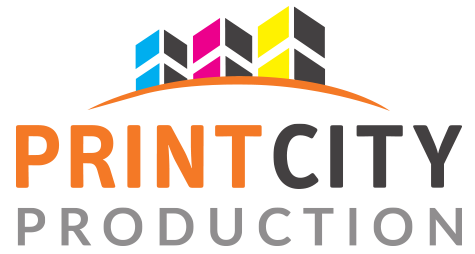Sales presentation are some of the most important things that every salesperson must master. It may be hard for first timers to understand how to prepare for a sales presentation. After all, a poor sales presentation = no sales. This is bad for you and the company.
Here are some tips to have a successful sales presentation
Don’t go straight into the representation
Majority of salespeople start giving their presentation immediately they walk into a prospective client’s office. The problem with this approach is that the sales representatives don’t take time to properly understand the challenges the prospect is interested in addressing. It is advisable that you dedicate the first half of your meeting to learn your prospective client’s business and its challenges. That should help you to understand clearly what the prospect hopes to gain from you and your product. It is important that you ask many questions and discuss them. Once you have done that, you can comfortably pitch your business idea to the prospect. What that does is that it enhances the discussion you had with the prospect instead of replacing it.
Strive to remain relevant to your prospective client
As a salesperson, you have definitely heard of the 80-20 rule. This means that 80 percent of your sales representation should be about the prospect, 20 percent should be about you. While it might be very tempting to show the prospective client all the amazing details of your product, remember it may overwhelm them. The truth of the matter is that they really don’t care about that. The prospect is only interested in knowing how your product is right for them. Keep your sales representation to what is of concern to the prospect. The prospect will only remember and be influenced by the information that matters to them only.
Keep it short and simple
At all times, without fail, be eager and well informed about the product you are trying to sell. Also, be careful not to go on and on about it so much so that the prospect loses interest in it. Once a client’s attention is lost during any presentation, it is very difficult to get it back. Avoid this by only presenting the information which is critical for the prospect’s understanding of your product and its benefits.
Work on public speaking skills and avoid recitations
Recitations occur when we have to remember loads of information that we have crammed about a particular topic. The recitations influence sales presenters to concentrate only on the words rather than their meanings. Many of us who are not good at public speaking often adopt this method. This is done in an effort to reduce stress about the presentation. Memorization can be a problem with your pitch as it takes away the message you are trying to present.
Needless to say, you have to familiarize yourself with the presentation. Getting a few practice runs before the presentation will go a long way into boosting your confidence. Remember you are not cramming lines for a play; focus on the message you are trying to convey.
Presentation is key
While making a sales pitch before a prospective client, always remember that your presentation handouts and other supporting documents are the lasting manifestations of your work. This is an important part of the overall experience for the audience. The problem is that most of us are so invested in preparing for what happens during the pitch and not what happens after.
Use power points in a responsible manner
Power points are just about every salesperson go-to resource for presentations. Many people misuse power points and end up causing many great ideas and sales to fall through. Below are a few power points mistakes that you should avoid during your next pitch.
- Do not use your powerpoint as a teleprompter
- Make sure the font you use is clear for everyone
- Do not read the powerpoint like a novel remember it’s a presentation
- Try to avoid flooding your presentation with graphics, sound effects, colours and fonts.
